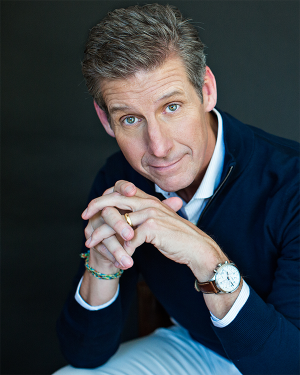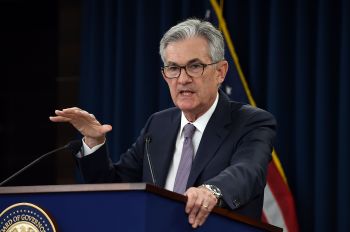So where do things go from here?
KAI RYSSDAL: Senate Finance Committee Chairman and Democratic presidental hopeful Christopher Dodd weighed in on the the credit squeeze today. Dodd said he’s going to meet tomorrow with Federal Reserve Chairman Ben Bernanke and Treasury Secretary Henry Paulson. The Senator added he’s hoping for a candid conversation about where things are headed.
We thought we’d beat him to the punch. Not with the Fed chairman but with Jeffrey Saut, chief investment strategist at Raymond James.
Mr. Saut, good to have you here.
JEFFREY SAUT: My pleasure.
RYSSDAL: If you look at some of the things that have been happening today — Countrywide talking about layoffs and Thornburg having its problems — I mean, we’re not done yet, are we?
SAUT: I don’t think you’re going to know the outcome of this for a minimum — minimum — of 60 to 90 days and probably longer.
RYSSDAL: And what’s going to happen during those 60 to 90 days? Are we going to see more volatility and market swings? Are we going to see more rate cuts — all of those things?
SAUT: I think you’re going to see all of those things. The uncertainty out there and the not-being-able-to-properly-value-certain-pieces-of-fixed-income-paper will create more volatility.
RYSSDAL: OK, but volatility sort of begets volatility. What brings it to an end?
SAUT: When something can’t go on forever, it won’t.
RYSSDAL: And that’s it. Thus works the economy.
SAUT: Well, you know, these things . . . If the people would just step back and let the free marketplace rectify its own ills, you’d probably have a resolution quicker. But the Federal Reserve, being the lender of last resort, so to speak . . . I really believe that they thought some major financial institution was in trouble and they needed to do something both psychologically and liquidity-wise right then last Thursday evening, Friday morning, to prevent a large body from floating.
It’s like 1998. The markets kept going down. They’d try to rally, wouldn’t get very far. They’d go down more. Try to rally, they wouldn’t get very far. And then you finally saw the dead body float to the surface, and it was long-term capital management.
RYSSDAL: Do we necessarily know anything more than we did Friday morning when Mr. Bernanke made his move?
SAUT: I think you can take it for granted that somebody was pretty worried about the financial contagion that’s been going on for the past few months.
RYSSDAL: Well, then, lay it out for me. Give me some specifics.
SAUT: I think you’re gonna see more interest-rate cuts. I think you’ll see the Fed cut the Fed funds rate at the September meeting. I don’t think they’ll do it before that, unless the contagion spins out of control. And I think they will continue to lower interest rates until they see some abatement in this spreading contagion.
RYSSDAL: Do you think it’s worked? Do you think that discount-rate cut Friday morning has worked?
SAUT: In the very short term, it’s probably worked. But, again, I think you’re going to have to see some more casualties, and some more collateral damage before we get this thing in the rear-view mirror.
RYSSDAL: What’s that gonna look like for everybody else? Forget about Wall Street for a second. What about everybody else?
SAUT: Right now, it’s unknowable. I think it really does depend on whether the contagion spreads into an economic slowdown or potentially even a recession. I mean, where are all these people that six months ago were telling us there was a 15 or 20 percent chance of a recession. If those forecasts were even generally correct, the odds of a recession have to be higher now than they were six months ago.
RYSSDAL: Jeffrey Saut is chief investment strategist at Raymond James. Mr. Saut, thanks for your time.
SAUT: It’s our pleasure.
There’s a lot happening in the world. Through it all, Marketplace is here for you.
You rely on Marketplace to break down the world’s events and tell you how it affects you in a fact-based, approachable way. We rely on your financial support to keep making that possible.
Your donation today powers the independent journalism that you rely on. For just $5/month, you can help sustain Marketplace so we can keep reporting on the things that matter to you.


















